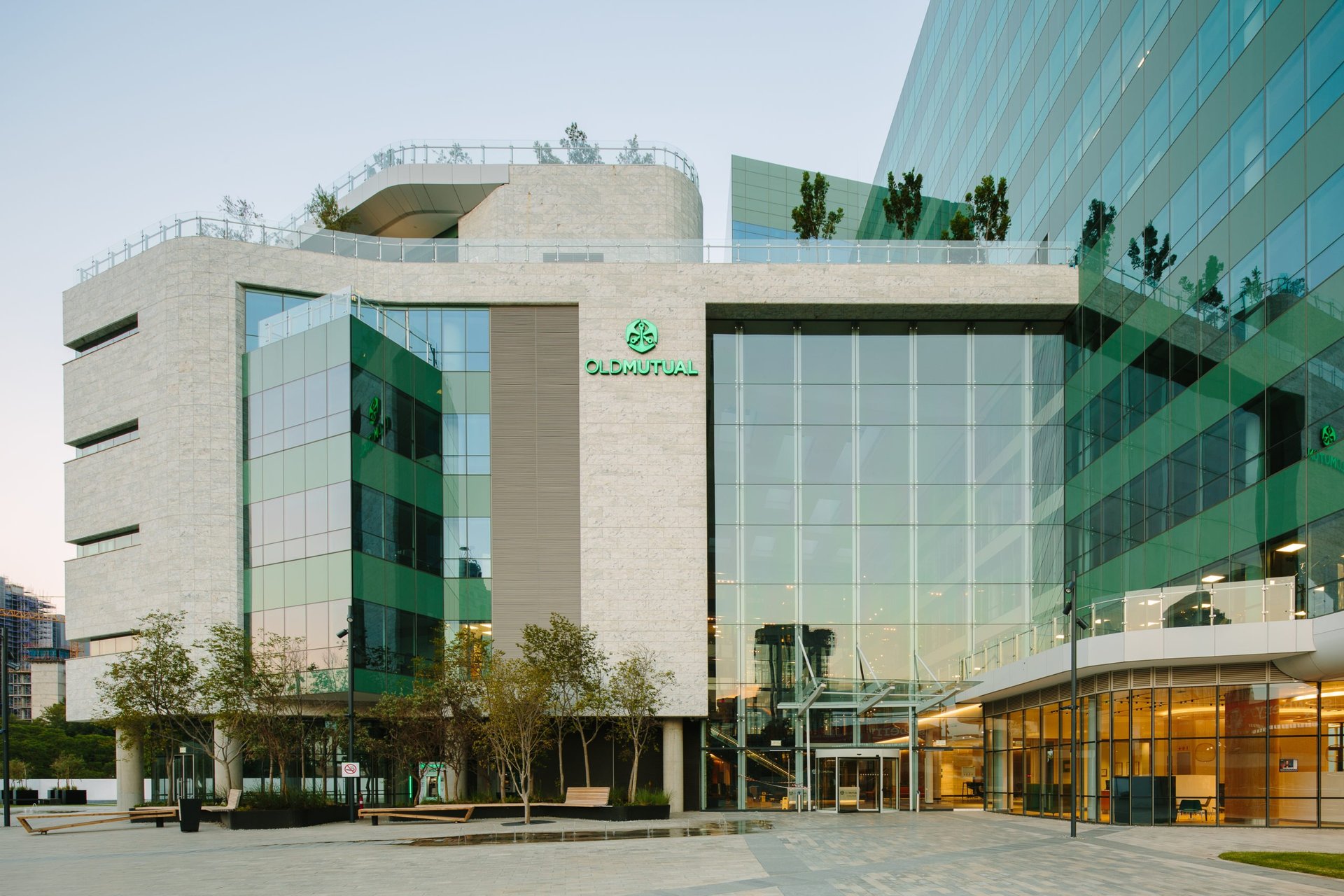
Old Mutual Africa: E-Learning Success through Digital Academy


Introduction
The Digital Training Academy embarked on a mission to provide comprehensive end-user training for Microsoft Dynamics Finance & Operations (D365 FnO) as part of Old Mutual OMAR's Finance and Transformation Program (FTP). This initiative spanned 11 African countries, presenting opportunities for innovative training solutions and strategic growth.
The Challenge
The primary challenge was delivering effective training across a geographically dispersed audience with varying learning needs and limited resources. Traditional classroom training was impractical, prompting the need for a scalable and flexible e-learning solution.
Objectives and Strategy
The overarching goal was to create a unified and modern training system to support Old Mutual’s strategic objectives. The strategy focused on three main pillars: enhancing system integration and data flow, automating financial processes to increase efficiency, and implementing robust data analytics for deeper insights. A blended training approach combining virtual lessons, multimedia content, and interactive assessments was adopted to cater to diverse learning styles.
Recognizing the diverse needs and geographical spread of users, a thorough training needs analysis was conducted to design a customized training strategy. This included virtual lessons, multimedia content, and interactive assessments, ensuring accessibility and engagement for all users.
Implementation
Meticulously developed, the 188 multimedia-rich lessons incorporated videos, learner guides, and formative assessments, integrated into the Old Mutual Learning Management System (Workday LMS). This platform facilitated real-time tracking, progress monitoring, and compliance with governance standards.
The training content included interactive modules, video tutorials, and comprehensive learner guides, ensuring tailored instruction based on user roles and responsibilities. The blended approach allowed for a mix of self-paced e-learning and live virtual sessions, enhancing flexibility and reach.
In addition to core training materials, supplementary resources such as quick reference guides, infographics, and weekly newsletters were developed to reinforce learning. Online Q&A sessions and system walkthroughs provided ongoing support, ensuring users were well-prepared for the transition to the new system.
Results and Benefits
The program successfully engaged 997 users, completing 59,929 lessons across 4,345 Career Path Training Programs. This digital approach streamlined training delivery and established a robust, scalable training infrastructure.
The e-learning model provided significant benefits beyond immediate training needs. New joiners now have access to a wealth of training courses, enabling rapid onboarding. The training content has become a valuable organizational asset, promoting continuous learning and development.
The centralized digital library allows for easy updates and maintenance, ensuring content remains current and relevant. This approach supports long-term sustainability and adaptability, with the ability to quickly address new training needs as they arise.
The blended learning model enhanced user engagement, ensured skill proficiency, and supported seamless transitions to the live production environment. The program's success underscored the importance of strategic planning, innovation, and collaboration in achieving organizational goals.
Conclusion
The Digital Training Academy's innovative e-learning approach exemplifies the capabilities of the Advanze team in delivering comprehensive, scalable, and effective learning solutions. This success story highlights the transformative impact of e-learning, showcasing how digital training can drive organizational excellence and support continuous growth.

